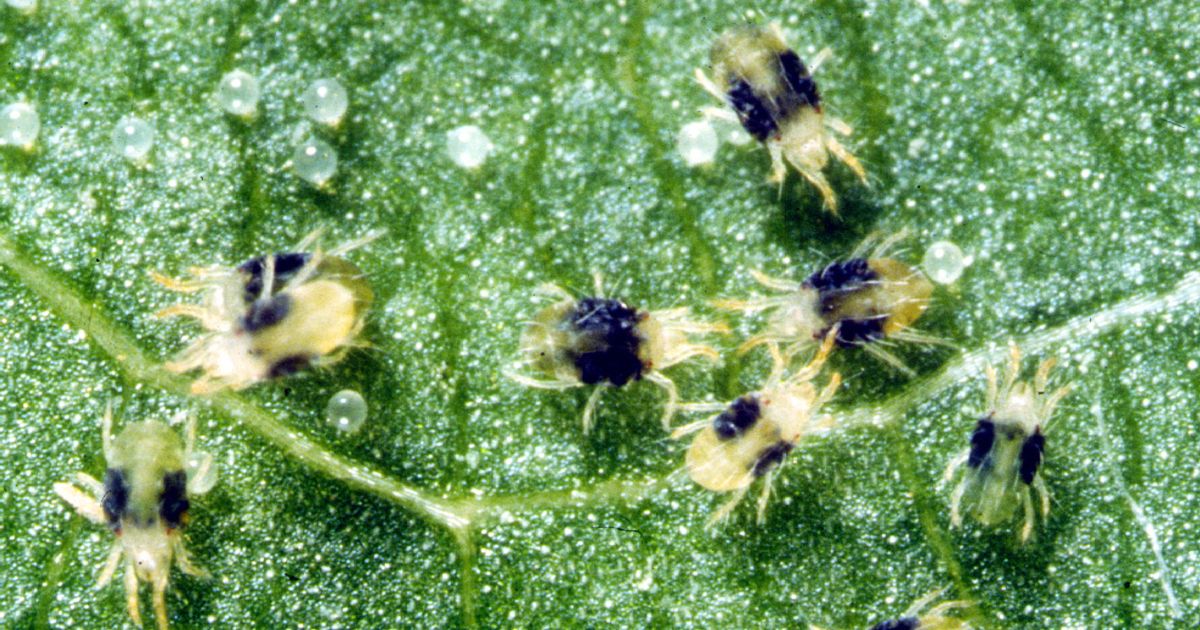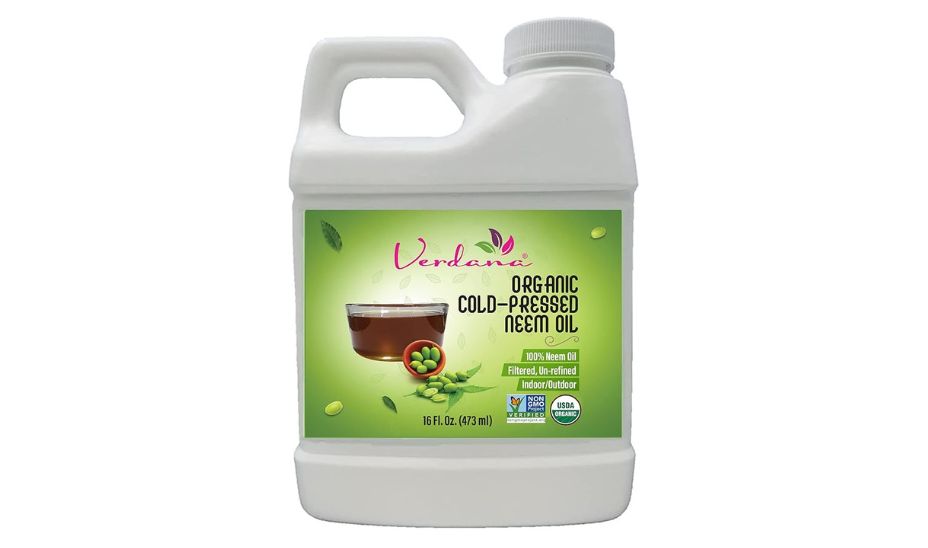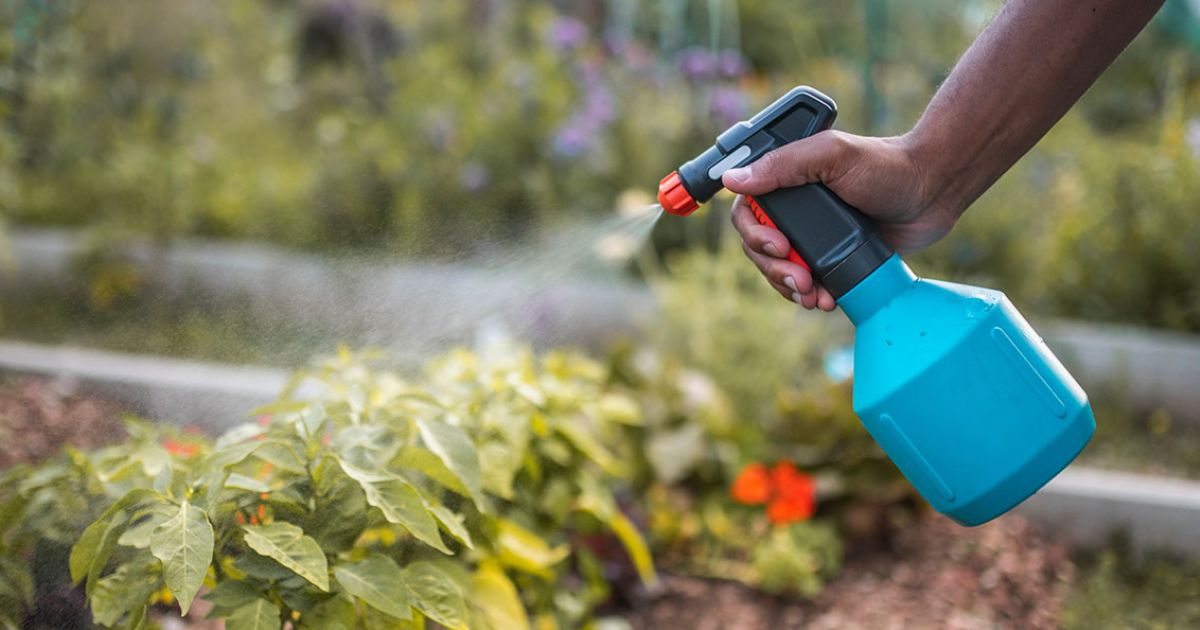
Spider Mites: Identification and Control Methods
Spider mites are tiny pests that can cause significant damage to plants both indoors and outdoors. This guide provides an in-depth look at how to identify spider mites, recognize early signs of spider mites, and effectively get rid of them, including white spider mites.
What Are Spider Mites?
Spider mites are arachnids, closely related to spiders and ticks. These pests are incredibly small, often no larger than the head of a pin, making them difficult to spot. They feed on plant sap, which weakens plants and can cause visible damage.
What Do Spider Mites Look Like?
Spider mites vary in color depending on the species. Common varieties include:
- Red or Brown Spider Mites: Most often found on outdoor plants.
- White Spider Mites: Smaller and less noticeable but just as destructive.
- Two-Spotted Spider Mites: Identifiable by the two dark spots on their bodies.
Adult spider mites are oval-shaped and usually less than 1mm long. They are often visible with the help of a magnifying glass.
Early Signs of Spider Mites
Detecting spider mites early can prevent infestations from spreading. Here are the key indicators:
- Webbing: Fine silk webs on leaves, stems, and flowers are a hallmark of spider mites.
- Yellowing or Speckled Leaves: Spider mites suck nutrients from plants, causing leaves to develop tiny yellow or white spots.
- Leaf Drop: Severely infested plants may shed their leaves prematurely.
- Visible Movement: If you shake an infested leaf over a piece of white paper, you might see tiny specks moving—these are spider mites.
How to Get Rid of Spider Mites
1. Wash Them Off
A strong stream of water can physically remove spider mites from plants. Focus on the undersides of leaves where they often reside. Repeat the process every few days to disrupt their reproduction.
2. Neem Oil Spray
Neem oil is an effective, natural solution for controlling spider mites. Spray neem oil on affected plants, ensuring thorough coverage of leaves and stems. Reapply weekly or after rain for continued protection.
3. Insecticidal Soap
Insecticidal soaps break down the protective coating of spider mites, killing them on contact. Apply directly to infested areas, focusing on the undersides of leaves.
4. Introduce Beneficial Predators
Ladybugs, predatory mites, and lacewings are natural enemies of spider mites. Releasing these predators into your garden can help manage infestations naturally.
5. Prune and Dispose
Remove heavily infested leaves or branches to prevent the spread of spider mites. Dispose of the pruned material far from your garden to avoid reinfestation.
Preventing Spider Mite Infestations
Maintain Healthy Plants
Healthy plants are more resistant to spider mites. Ensure your plants receive adequate water, nutrients, and sunlight.
Increase Humidity
Spider mites thrive in dry conditions. Use a humidifier or mist plants regularly to create an unfavorable environment for them.
Regular Inspections
Inspect plants frequently for early signs of spider mites. Early detection makes it easier to control infestations before they spread.
Spider mites, including white spider mites, are a common challenge for gardeners, but with vigilance and the right methods, they can be effectively managed. By learning what spider mites look like, recognizing early signs of spider mites, and employing methods like neem oil or predatory insects, you can keep your plants healthy and thriving.



